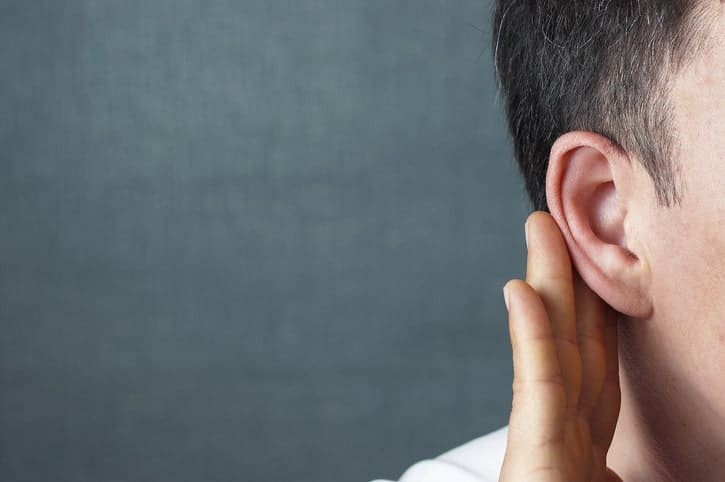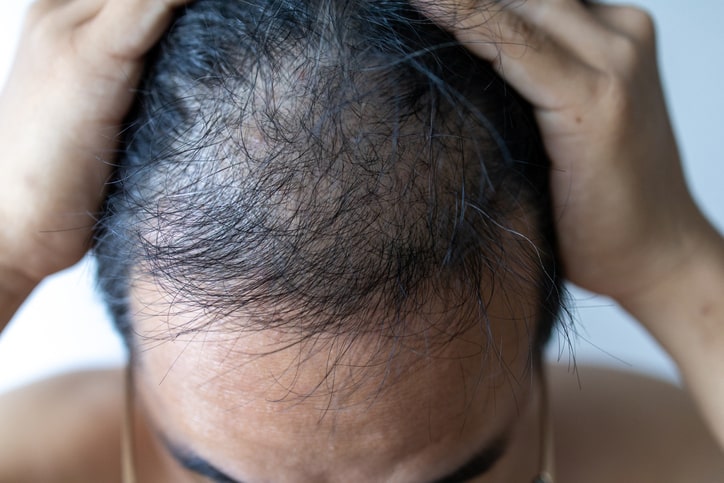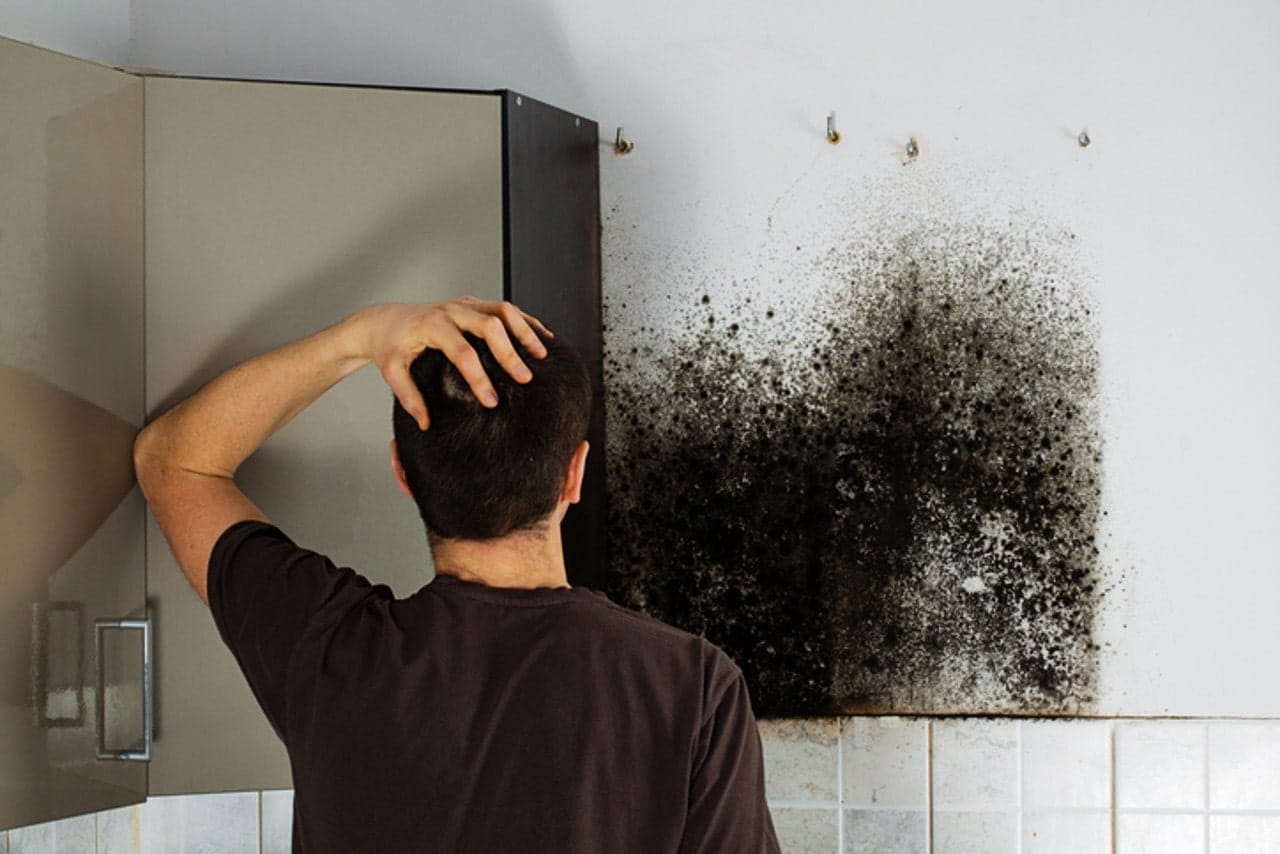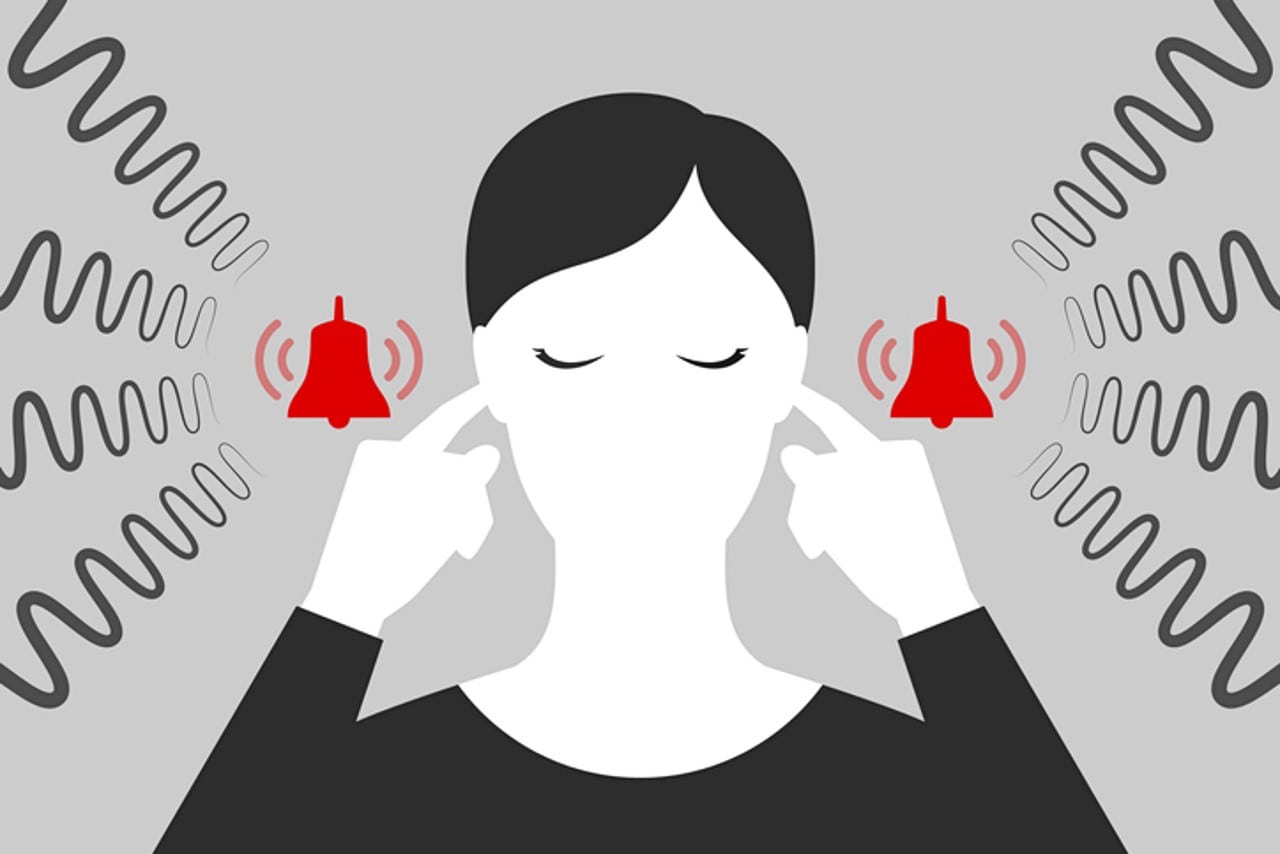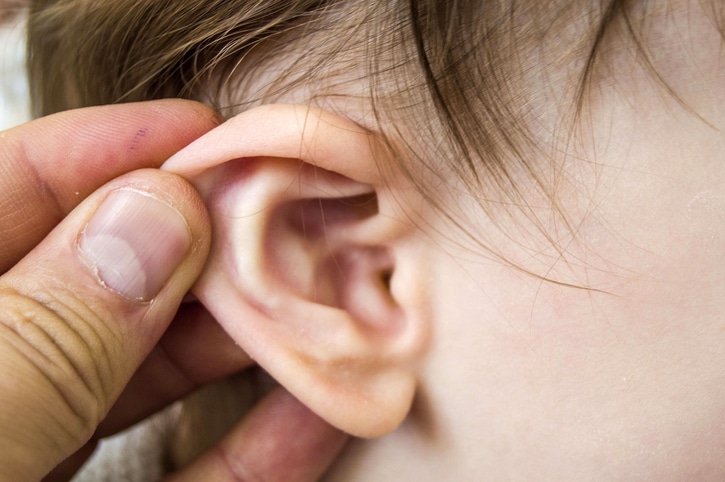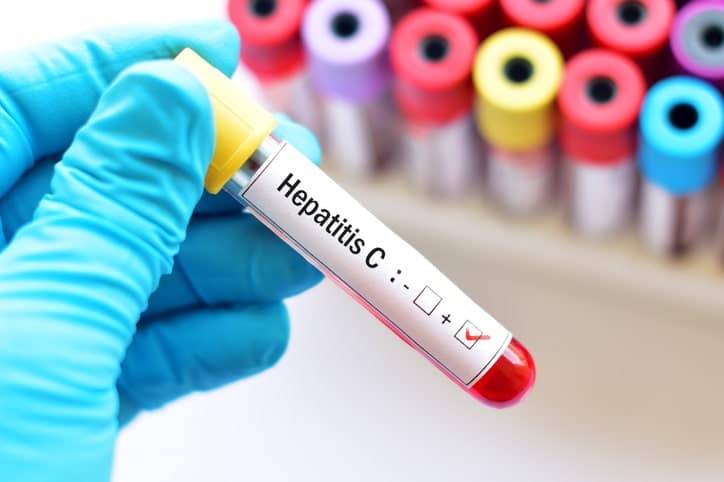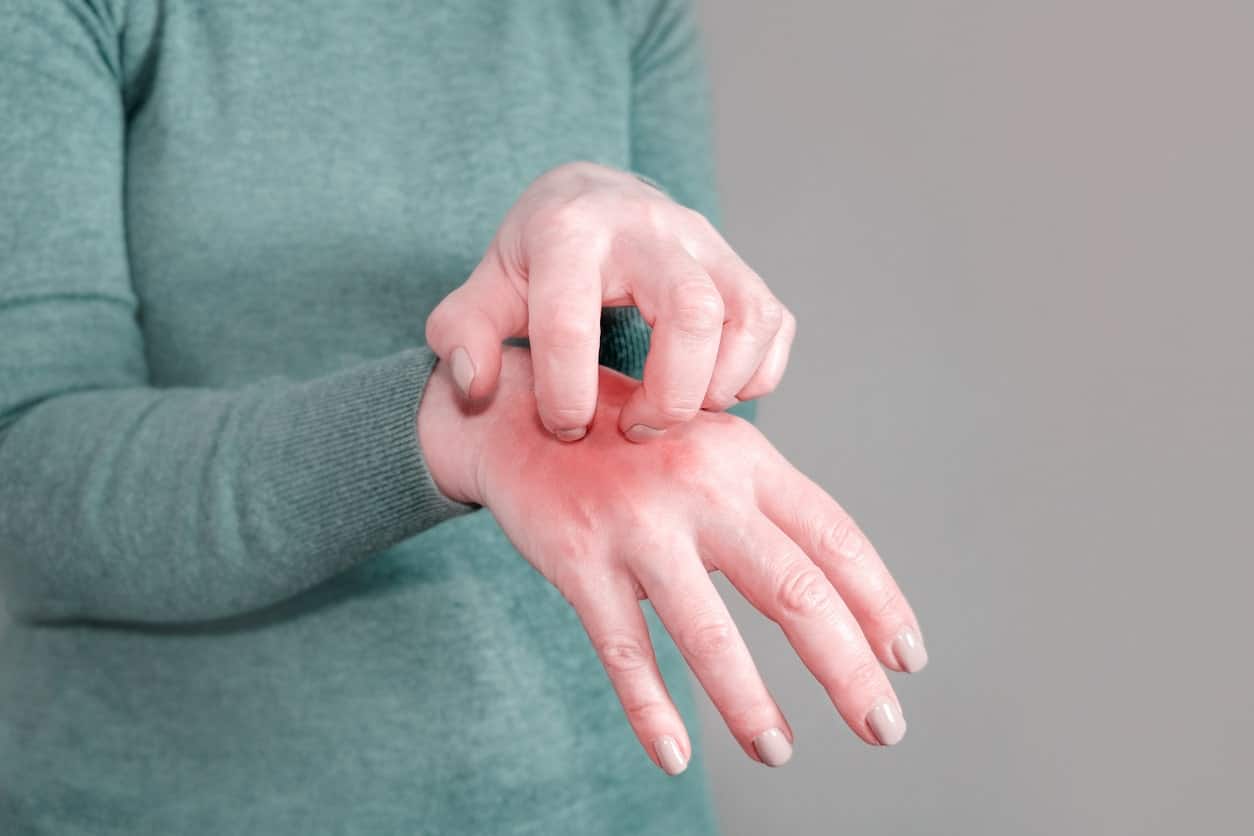Can’t hear properly? It could be ear wax build up.
You probably only think about earwax removal when you are taking a shower and cleaning your ears. There is no doubt that ear wax does a fantastic job of protecting your ear; it keeps dust, water, microorganisms, and foreign particles out. This way, you don't suffer any ear trauma or infection. The scientific name for ear wax is cerumen. However, too much of a good thing can cause problems.
We are going to talk about exactly what ear wax is and if you are having problems with ear wax build-up what can be done.
Do I need to clean my ear?
Never mind all the cotton buds, you don't need to clean your ears as your ear has a self-cleansing mechanism. Your epithelial tissue skin cells within the ear push the excess ear wax to the outer section. It's an efficient cleaning system that works pretty well.
Will I have a wax build-up if I don't clean my ears?
Not necessarily. Once your ear is cleaning itself as it should, no worries.
However, sometimes the system does not function as it should. You may have any one of the following problems:
- Too much ear wax production
- You suffer from persistent ear infections.
- You have experienced trauma to the ear.
- The shape of your ear canal may increase the likelihood of impacted wax.
- Eczema often causes the narrowing of the ear canal.
- You suffer from ear canal disease.
You may also have developed some habits that contribute to a blockage.
- Using earplugs, buds and even your hearing aid which you need may prevent your ear from removing the wax from your ear as it should.
- Use of cotton buds and Q-tips push the wax further into the ear.
As you age your ear wax hardens faster due to the shrinking of the glands in your ear canal.
All of the factors mentioned above can lead to an ear wax build-up which in turn causes blockages.
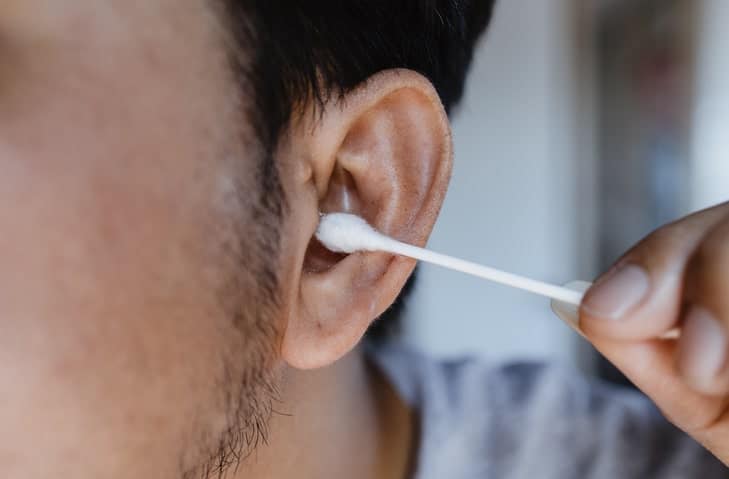
What are the tell-tale signs of ear wax build-up?
If you are having a problem with your ear wax build-up, you may experience any of the symptoms we have listed below:
- Ringing or buzzing sound in the ear.
- Earache/ persistent ear pain
- An unfamiliar odor coming from your ear.
- Dizziness or vertigo
- Hearing loss that came on suddenly or partial hearing loss that makes everything sound muffled.
- Itchiness of the ear.
- Dizziness
- Coughing
- Fever
So, if you are experiencing any of these symptoms it may be time to make an appointment to see your doctor.
What is microsuction and do I need it?
Microsuction is a technique that doctors use for earwax removal. It is sort of like a mini vacuum. Your doctor will look into your ear with a microscope and locate the blockage that needs to be removed. Then, the build-up will be removed from your ear.
If you are having problems with your ears, microsuction may be just the thing you need, if:
- Your earwax build-up is causing unpleasant symptoms.
- The shape of your ear canal is somewhat unique.
- You use a hearing aid.
- You have an ear infection and ear irrigation is going to make an ear infection worse.
Will I hear better after earwax removal?
If you were experiencing hearing loss due to your blockage, you will hear better when the earwax build-up is removed.
This is especially important with the elderly who may feel alienated and may even be affected cognitively by hearing loss.
Earwax blockage is more common than you think! 1 in 13 adults has issues with ear wax. The ratio is even higher among seniors.
Once done correctly your hearing should improve significantly!
How is earwax removal done?
You will be happy to know that there are a few options open to you.
Ear drops
So we will start with the gentlest method. These chemical ear drops don't hurt, and they are quite safe. They work by softening ear wax and lubricating the ear canal so that the softened wax can just run out. However, only use these drops as directed. The recommended time is 3-5 days. After this period, they may cause irritation, infection, or temporary hearing loss which would be counterproductive.
Ear irrigation
With ear irrigation, pressurized water is used to flush the earwax build up out of the ear. The downside of this method is that residual water left in the ear may cause infection. Ear irrigation may also cause physical injury which includes perforation of the eardrum, hearing loss, tinnitus, dizziness, and of course pain.
Microsuction
As mentioned above your doctor will use a microscope to look at your blockage and use a tiny vacuum to remove the ear wax from your ear. Other manual tools like forceps, hooks, and curettes may be used depending on how badly the earwax build-up is lodged in your ear. Microsuction is perfect if you have an existing ear injury or infection. This procedure is performed by a trained clinician since it is a relatively technical procedure.
There is no denying that earwax build-up can cause significant problems. However, there are pretty decent earwax removal treatment options that can help. Don't let earwax build-up negatively impact your daily life.
References
- Michaudet C, Malaty J. Am Fam Physician. 2018 Oct 15;98(8):525-529. PMID: 30277727
- Aaron K, Cooper TE, Warner L, Burton MJ. Cochrane Database Syst Rev. 2018 Jul 25;7(7): CD012171. doi: 10.1002/14651858.CD012171.pub2. PMID: 30043448
- Prowse SJ, Mulla O. J Laryngol Otol. 2014 Jul;128(7):621-5. doi: 10.1017/S0022215114000796. Epub 2014 Jul 14. PMID: 25017385
This article was written and medically reviewed by Dr Ben, M.D on 8/07/21

